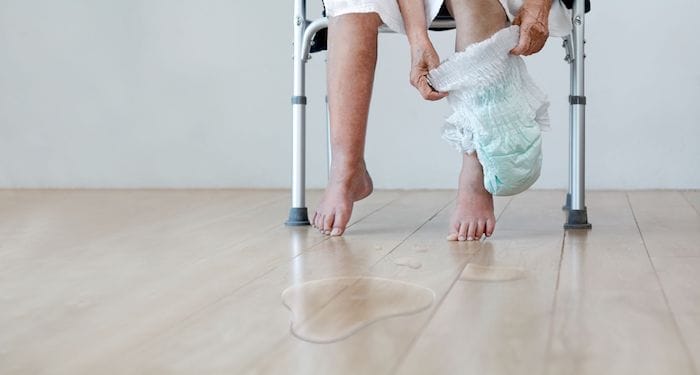Incontinence products, otherwise known as adult diapers, are used for pregnant and elderly patients who suffer from various diseases that cause the involuntary egestion of by-products.
Due to each health condition’s peculiarity, it’s important to know how to choose the incontinence products that are best suited to one’s needs. This article discusses the steps when choosing the right adult diapers:
Type Of Incontinence And Gender
Several conditions, such as dementia, Parkinson’s disease, and diabetes, require the use of adult diapers. Each of these conditions requires the use of diapers to contain either urinary or fecal incontinence.
With the help of a medical professional, you can learn more about the type of incontinence you or your loved one experiences, which will help guide your purchase. The duration of use can also be determined by the doctor. After consulting, you should request a list of top rated diapers to buy
Another consideration is the gender of the patient in need of the diapers. There are unisex and gender-specific products. Gender-based products thrive on the difference in body structure, which means that ladies will prefer panty shaped diapers, while men require the traditional underwear shaped types for better comfort.
Absorbency
Absorbency refers to your diaper’s ability to quickly soak up liquid stains. The absorbency of your diaper depends on its material, design, and thickness. The absorbency of your diapers depends on the incontinence amount you’re trying to control. The absorbency value range is between 75ml to 4000ml.

The most common diaper types are plastic and non-plastic backed. Plastic backed diapers have higher retention capacities while the non-plastic ones retain less leakage. Non-plastic backed diapers are known as breathable diapers, allowing better comfort and fewer rashes for users.
To handle varying moisture levels, some adult diapers offer more than one level of absorption because the materials used in their production have been specifically designed with extra layers of material. This allows them to offer higher absorbency and better comfort than standard adult diapers.
Size
The misconception about adult diapers is that bigger sizes equal better results. It’s important to note that adult diapers are not one size fits all. Most adult diapers are made to handle different types of incontinence in adults.
If the diapers are too large, they increase the likelihood of leakage. On the other hand, if they’re too small, they’ll be very uncomfortable. The right diaper size can be determined by the hip circumference measurement–about 10cm below the navel.
Regardless of the size (small to extra-large), a higher absorbency product will still handle heavy voids while still keeping users comfortable and dry.
User Mobility
Health conditions that require the use of adult diapers allow varying levels of mobility. For example, Parkinson’s disease typically constrains patients to a wheelchair, while dementia and diabetes allow a higher mobility level for users.
Users who can still maintain some level of activity should use pants and pads. This would allow them to remove and replace them by themselves–both inside and outside of their homes. This group of people can also use inserts to aid the effectiveness of these products during physical activity.
Bed-ridden and disabled patients can use specialized adult diapers that are easily removable. This allows nurses to easily remove soiled ones and replace them multiple times a day. This is important to prevent diaper rashes and bedsores.
Cost
The cost of the diaper should be the final determining factor for your diaper choice. This means that you need to determine the amount you can afford before you go shopping at a mall or online. There are several products with varying prices that are often unjustifiable, which means that even the most expensive product available may not be the best fit for your use.
Your final product choice should be made along with your prior knowledge of the type of incontinence, required absorbency, sizing, and gender of the intended user.
You can also minimize your diaper budget by bulk buying for long term users and timing your purchase for promotional offers.
Takeaway
Incontinence products must be selected with all the necessary considerations made. For you to purchase an incontinence product that’s best suited to the one who’ll be using, always based it on the type of incontinence and the gender of the user.
The amount of incontinency caused by your condition should be used to select your adult diaper’s level of absorbency and sizing. Lastly, to ensure you have made the right choice, factor in your mobility level and the budget you can afford for diapers.
Throughout the year, our writers feature fresh, in-depth, and relevant information for our audience of 40,000+ healthcare leaders and professionals. As a healthcare business publication, we cover and cherish our relationship with the entire health care industry including administrators, nurses, physicians, physical therapists, pharmacists, and more. We cover a broad spectrum from hospitals to medical offices to outpatient services to eye surgery centers to university settings. We focus on rehabilitation, nursing homes, home care, hospice as well as men’s health, women’s heath, and pediatrics.








